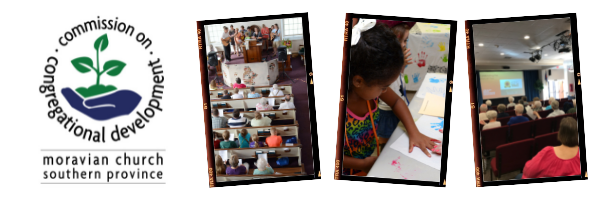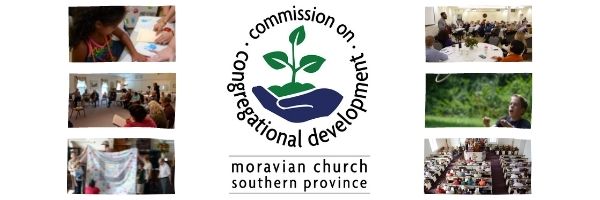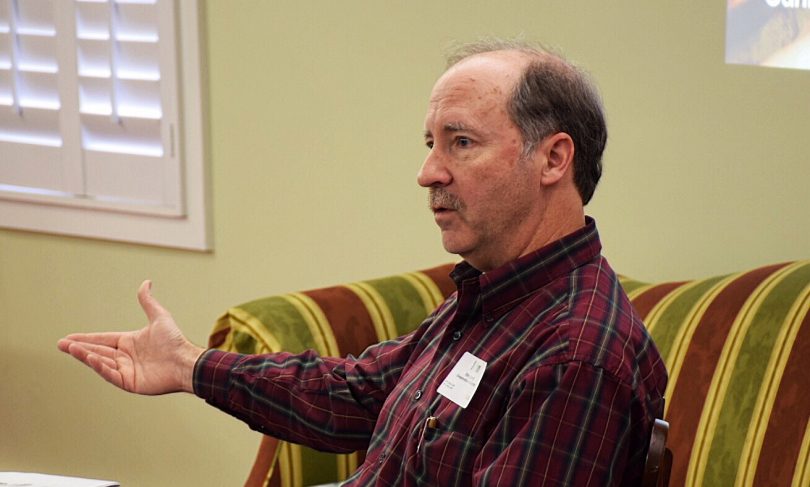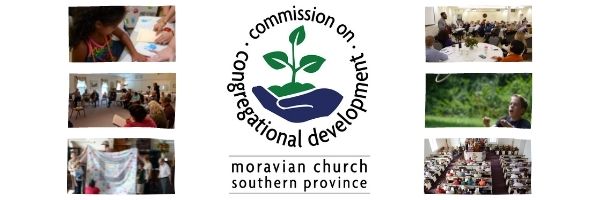This is the 6th post in this blog about Living Faith, a model of congregational life that has been developed by the Board of Cooperative Ministries of the Moravian Church, South. If you’ve been sticking with me throughout this discussion, thank you. If you haven’t, you can find the previous posts here ((part 1, 2, 3, 4, and 5).
Living Faith is a model of church life that can work in most congregations within most denominations. But one thing I haven’t mentioned yet is how closely tied this approach is to the life of Moravian communities in the 18th century–sort of a heyday in renewed Moravian history. For those wanting to get in touch with their Moravian roots, for those who like Moravian history and traditions, for those who believe that the Moravians of that era offer something to us today, Living Faith promises a re-connection with our forebears.
When we think of our Moravian heritage, we often focus on external trappings that look Moravian but that will not necessarily connect us to the roots of our faith. When I mention my denomination to others, they will make reference to our cookies. Sigh! But even things like lovefeasts, Easter services, music–which are rich and valuable traditions–might easily obscure the depth of the faith of those who first invented these wonderful practices. Even these traditions–which are rich expressions of our faith–depend heavily on our own spiritual condition. It’s easy–and tempting–to go through the motions of these traditions without a deep, underlying, spiritual connection with our Savior.
What we need is a way to discover and experience the deep faith of those earlier Moravians, and to practice some of the principles that made their faith strong. Living Faith embodies some of these principles that made the 18th century Moravian Church dynamic and transformative.
In the development of Living Faith, we rediscovered one practice which has fallen into disuse today — the prayer bands. Residents of Moravian communities were expected to be involved in this form of spiritual pursuit. A great way to learn about this part of Moravian heritage is to read an article by Lanie Graf Yaswinski which you can find at this link. It was published in The Hinge, a journal on issues related to the Moravian world. A condensed version of this article was published in the November, 2013 issue of The Moravian. Yaswinski’s article gives attention to the choir system of that time, but Living Faith rests more on the prayer bands which she also describes. Bishop Spangenberg wrote a biography of Count Zinzendorf. He includes a comment by the count about these bands: “[bands] were established throughout the whole community . . . and have been productive of such blessed effects, that I believe, without such an institution, the church would never have become what it is.”* [emphasis mine]
Living Faith groups are different from the 18th century Moravian bands as they are described in Yaswinski’s article in some important ways. However, they offer the same source of spiritual vitality and fervor that our forbears found in the close fellowship of the bands.
I like what Ruth Cole Burcaw wrote in her recent BCM blog posts (part 1 and part 2). She urged us to be bold in adapting to our changing world. That’s very Moravian in a historical sense. Moravians of the 18th century weren’t focused on tradition but rather on growth, vision, and ministry. They strained against conformity and the restraints of the day. I would typify our church then as a church of innovation, creativity, and vision. Those aren’t the first descriptive words that come to my mind as I reflect on how we do things today. We are more a traditional church — cautious, bound by precedent.
I’m excited that there is interest and yearning for ideas to emerge that will help us move forward with greater vitality, both as a church and as Christians. Living Faith is intended to be a part of that picture. The wonderful thing about it is that it can help us move forward, but it can also connect us with an important part of our past.
*August Gottlieb Spangenberg; Samuel Jackson, trans., The Life of Nicholas Lewis Count Zinzendorf, Bishop and Ordinary of the Church of the United (or Moravian) Brethren (London: Samuel Holdsworth, Amen-Corner, 1838), 86.
Questions? Or want to learn more about Living Faith? Contact Tim Byerly at tlbyerly1971(AT)gmail.com.
The Rev. Tim Byerly is the Special Project Manager for Living Faith Small Group Ministry under the Moravian Board of Cooperative Ministries (BCM)








